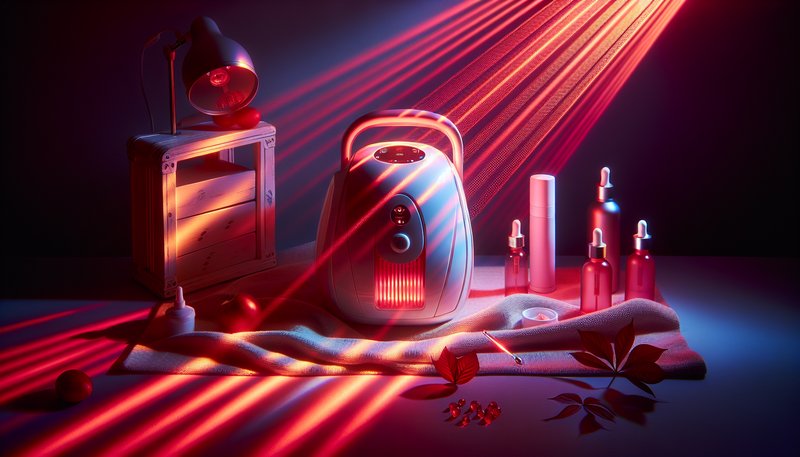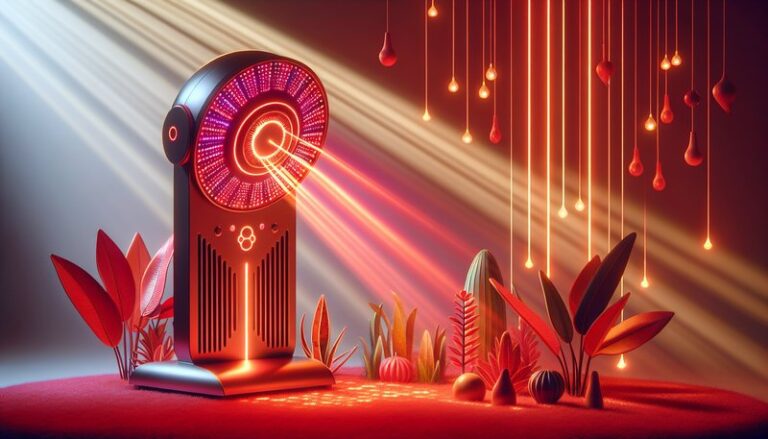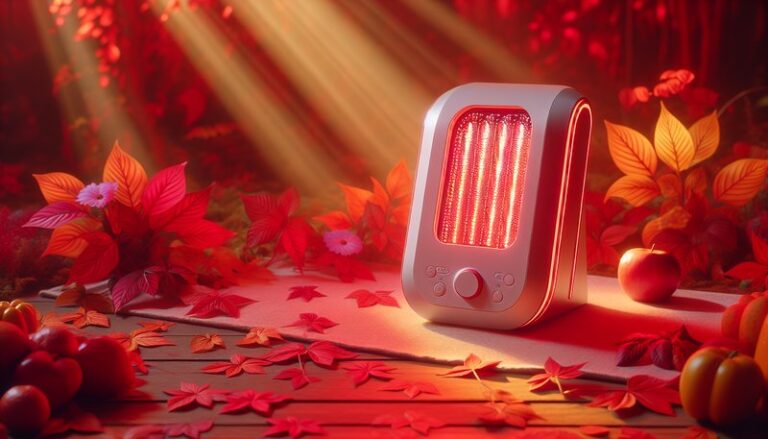Is Red Light Therapy The Same As Low Level Laser?
Is Red Light Therapy The Same As Low Level Laser?
Have you ever wondered about the similarities and differences between red light therapy and low-level laser therapy? These two modalities have gained popularity for their potential health benefits, but do they serve the same purpose?
In this article, we will explore the nuances of red light therapy (RLT) and low-level laser therapy (LLLT), discussing their definitions, benefits, and uses. By the end, you’ll have a clearer understanding of whether these treatments are indeed interchangeable or if they serve distinct roles in wellness and healing.
Key Takeaways
- Red light therapy and low-level laser therapy are similar but are not identical; their applications and mechanisms can differ.
- Both therapies are non-invasive and have been shown to provide various health benefits, including pain relief and enhanced skin health.
- Understanding the key differences can help individuals choose the right therapy for their specific needs.
What is Red Light Therapy?
Red light therapy (RLT) involves the use of low-wavelength red light to promote healing, reduce inflammation, and stimulate cellular activity. Typically, the light used in RLT ranges from 600 to 1000 nanometers, which penetrates the skin but doesn’t cause it to heat up significantly.
RLT is utilized in various settings, including dermatology for skin conditions, and pain management for muscle and joint pain. The therapy is generally delivered through LED panels or handheld devices that emit red light, making it an accessible option for many users.
Applications of Red Light Therapy
- Skin rejuvenation, acne treatment, and wrinkle reduction.
- Faster wound healing and improved tissue repair.
- Alleviation of pain and inflammation in muscles and joints.
What is Low Level Laser Therapy?
Low-level laser therapy (LLLT), also known as cold laser therapy, uses low-intensity lasers to stimulate healing, reduce pain, and promote tissue regeneration. The wavelengths used in LLLT can also vary, often in the same range as red light therapy, but the key difference lies in the coherence and monochromatic nature of laser light.
LLLT works by delivering photons to the cells, which are thought to enhance their energy production, leading to increased cell repair and growth. This modality is widely used for conditions such as chronic pain, injuries, and postoperative recovery.
Applications of Low Level Laser Therapy
- Effective treatment for chronic pain conditions like arthritis and fibromyalgia.
- Accelerated healing of injuries and surgical sites.
- Reduction of inflammation for various musculoskeletal disorders.
What are the Benefits of Red Light Therapy?
Exploring the benefits of red light therapy uncovers its positive impact on both physical health and skin aesthetics.
Enhanced Skin Health
RLT promotes collagen production and improves skin texture, making it an effective option for treating fine lines, wrinkles, and scars. Users often report a more youthful appearance and improved skin tone.
For the full story, read Does Planet Fitness Red Light Therapy Work?
Pain Relief
Many individuals experience significant reductions in pain levels when using red light therapy. It can assist in alleviating chronic pain and inflammation in joints and muscles, offering a drug-free alternative to pain management.
Improved Healing Time
Red light therapy can speed up the recovery process from injuries, helping to reduce downtime for athletes and individuals recovering from surgery.
Additional Benefits
- Possible improvements in mood and cognitive function due to increased blood flow.
- Enhanced hair growth for individuals experiencing hair thinning or loss.
Is it Possible to Use Red Light Therapy and Low-Level Laser Therapy Interchangeably?
While red light therapy and low-level laser therapy share some similarities, they are not entirely interchangeable. Their distinct mechanisms and applications may make one more suitable than the other for certain conditions.
What are the Advantages of Using Both Therapies?
Utilizing both therapies, when appropriate, can enhance the therapeutic benefits:
- Complementary effects: Using the two modalities together can provide a more comprehensive treatment approach for certain conditions.
- Tailored treatment: Patients can choose the therapy that best suits their specific needs or preferences.
What are the Disadvantages of Using Both Therapies?
However, there are potential challenges in using both therapies:
- Lack of standardized protocols: Different devices and techniques may produce varying outcomes, complicating treatment.
- Higher costs: Using both therapies could increase the financial commitment required, depending on the devices chosen.
What are the Things to Consider Before Choosing Between Therapies?
Before deciding on red light therapy or low-level laser therapy, consider these important factors:
Treatment Goals
Determine your primary goals for treatment, such as skin improvement, pain relief, or enhanced recovery. This can help guide your decision on which therapy may be more beneficial.
Device Quality
Quality matters significantly in both red light and laser therapies. Ensure you seek devices that are clinically approved and proven effective for your intended use.
Consultation with a Professional
Consulting with a healthcare professional is crucial. They can provide insights based on your unique health situation and recommend the most appropriate therapy.
Additional Considerations
- Duration and frequency of treatments required.
- Possible side effects or contraindications for your specific health conditions.
What are the Alternatives to Red Light and Low-Level Laser Therapies?
If you are interested in exploring other treatment options, consider the following alternatives:
Ultrasound Therapy
Ultrasound therapy uses sound waves to promote tissue healing and reduce pain. It’s particularly effective for soft tissue injuries and inflammation.
Electrical Stimulation Therapy
This method uses electrical impulses to manage pain and improve muscle function. It’s popularly used in physical therapy settings.
Cryotherapy
Cryotherapy employs cold temperatures to aid recovery and reduce inflammation. It is commonly used for athletes and those with chronic pain conditions.
Additional Alternatives
- Massage therapy for pain relief and relaxation.
- Acupuncture as a holistic approach to pain management.
Conclusion: Is it Recommended to Choose Between Red Light and Low-Level Laser Therapy?
In summary, while red light therapy and low-level laser therapy share common ground, they offer unique benefits and applications that may suit different needs. Understanding their distinctions will help you make an informed decision on which therapy to choose. Consulting a healthcare provider can provide valuable guidance tailored to your situation.
Learn the whole story Benefits of Red Light Therapy
Frequently Asked Questions
Are red light therapy and low-level laser therapy safe?
Yes, both therapies are considered safe when used correctly. They are non-invasive and often have minimal side effects.
How long does it take to see results from these therapies?
Results can vary based on the condition being treated and individual responses. Most users begin to notice improvements within a few weeks of consistent use.
Is it necessary to use these therapies under professional supervision?
While many devices are available for home use, professional supervision is recommended for conditions that are more complex or severe.
Can I use both therapies at the same time?
While they can be used together, consult a healthcare provider to ensure they align well and won’t interfere with each other’s results.






